If pro cycling is now clean, why do records set by dopers keep on getting broken?
Pro cyclists keep getting faster decade after decade. Can improvements in training and tech take all the credit? Joe Laverick compares past and present
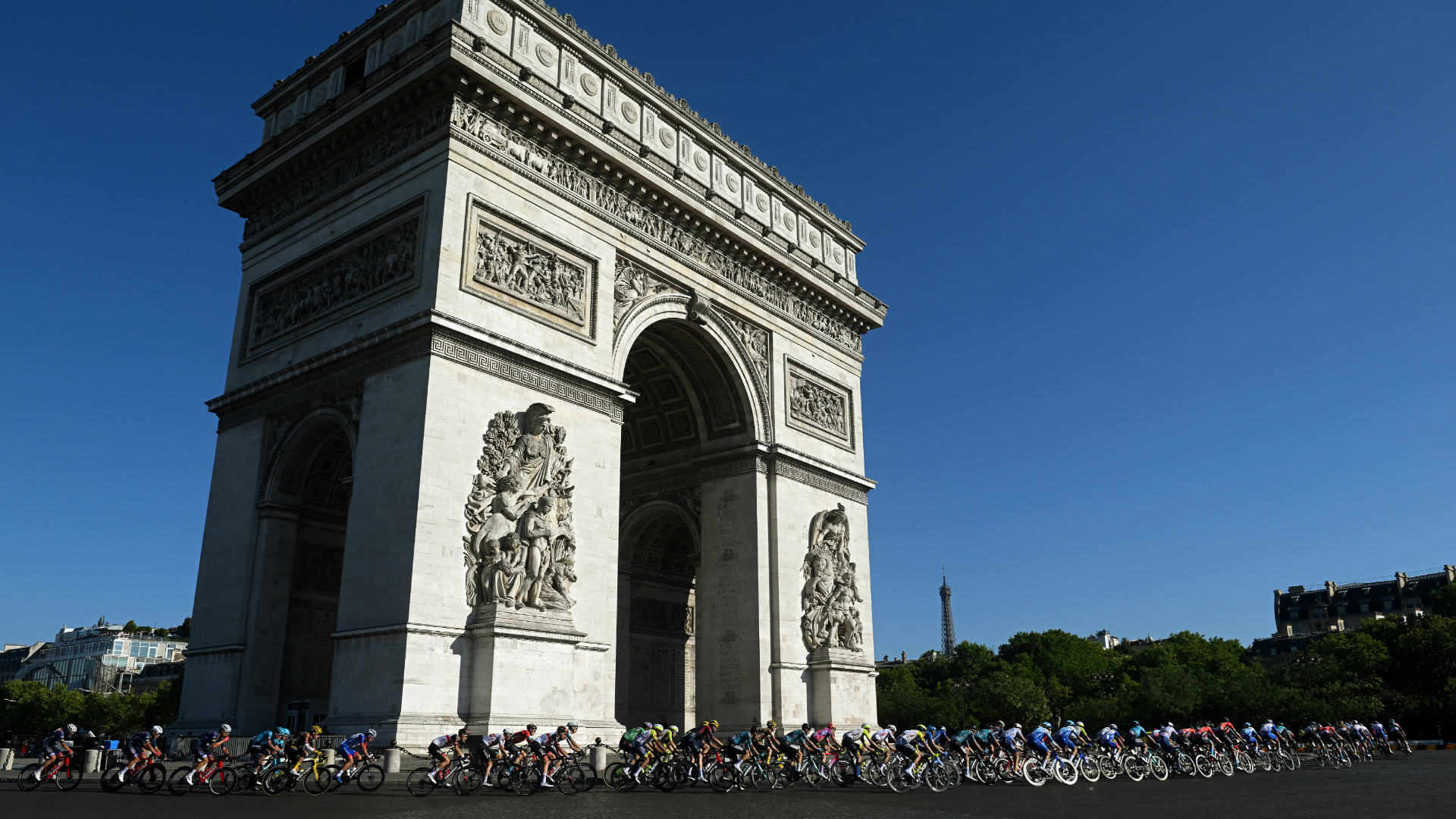
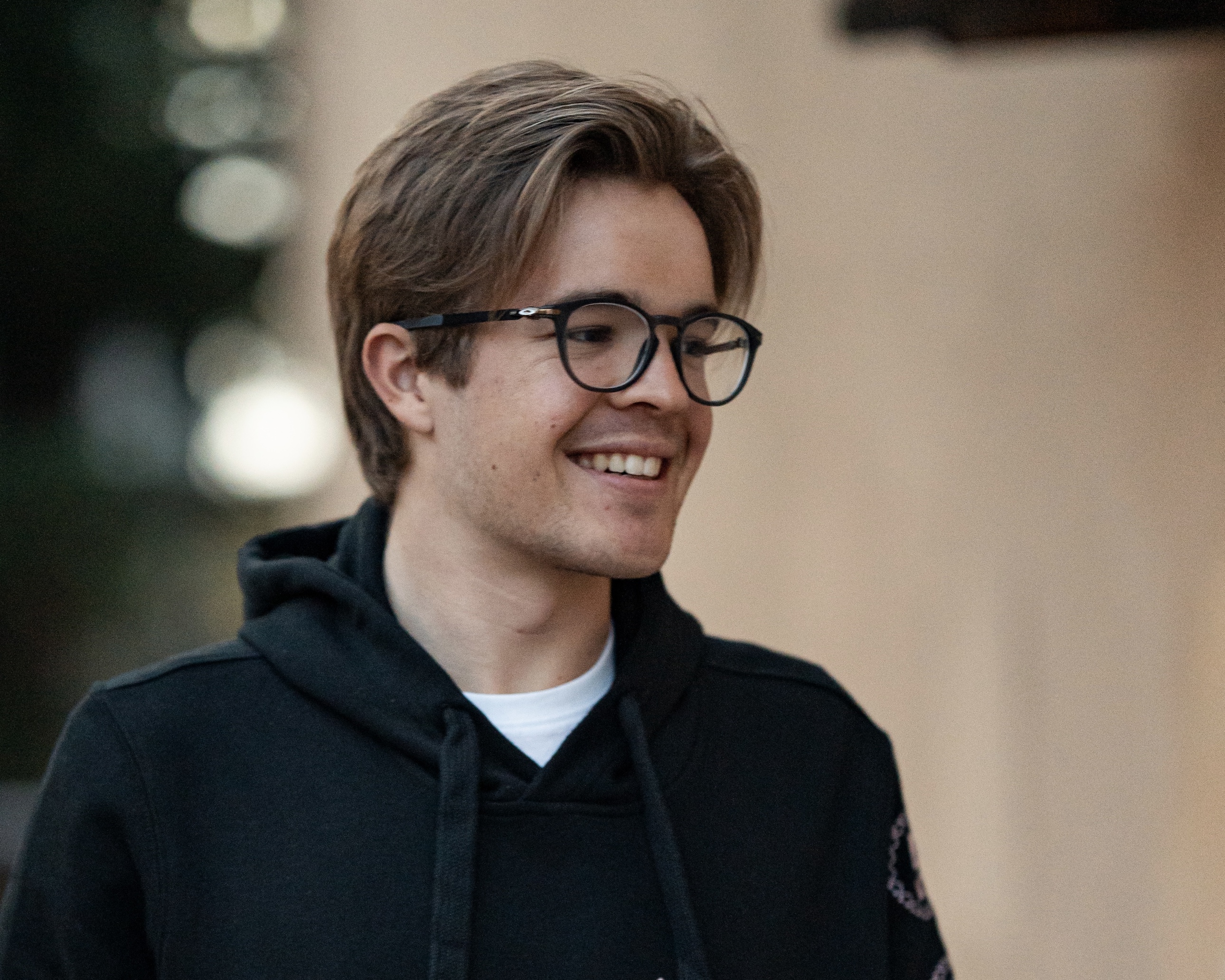
When Jonas Vingegaard crossed the finish line on the Champs-Elysées this summer, he didn’t just take his first ever yellow jersey. He also took the crown for the fastest ever Tour de France. The 25-year old Dane had pedalled his way around France at an average speed of 42.03kph (26.1mph) – beating the record of that guy from Texas. How is it possible that the supposed clean generation are smashing records from the sport’s darkest era?
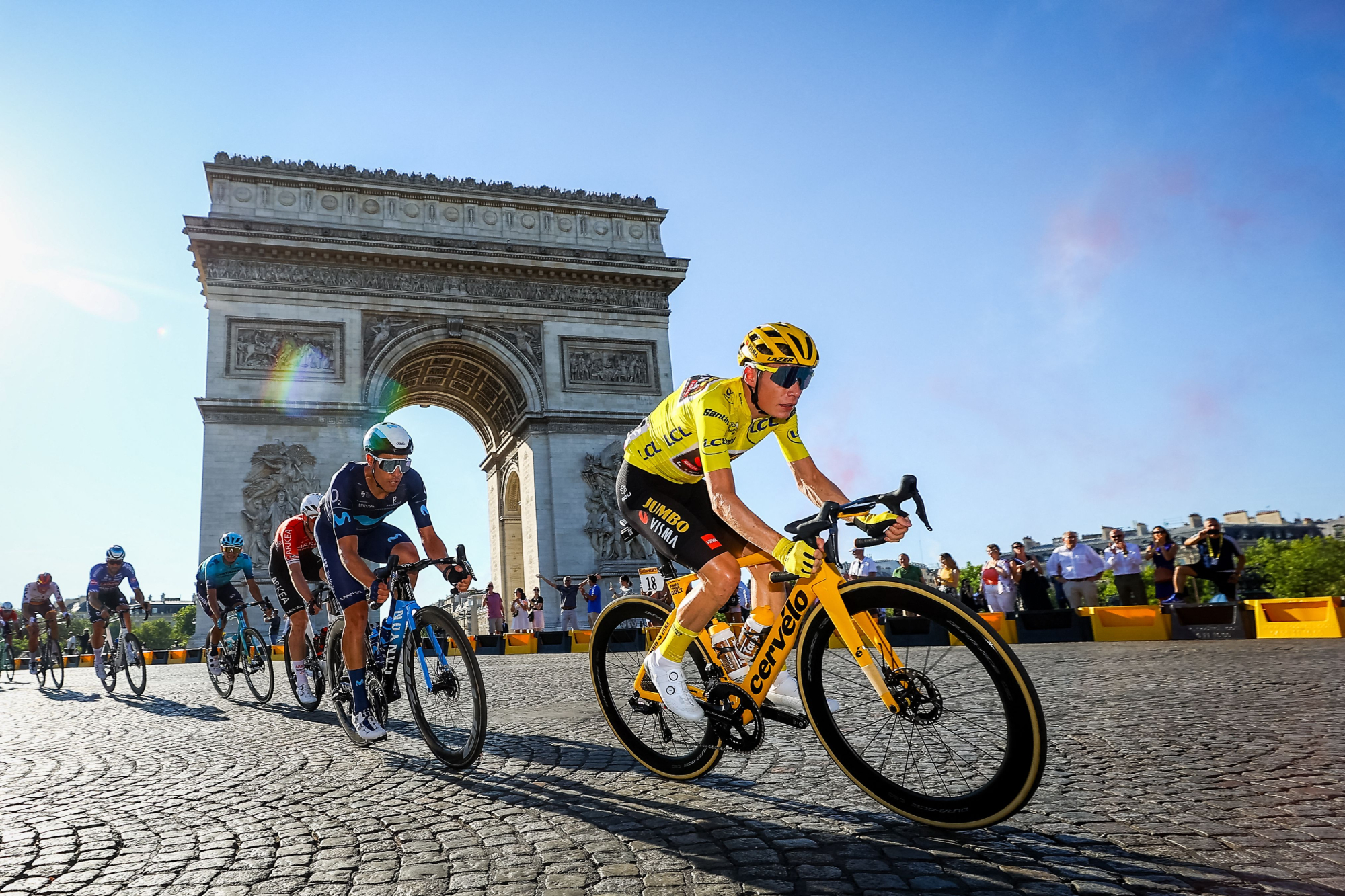
One side of the argument points to the countless developments of recent years, from aerodynamics to nutrition, training to recovery, hydration to heat control – all of which have made the peloton faster. Following the lead of Team Sky’s marginal gains approach, cycling shifted from settling for “it’s always been done that way” to questioning “why don’t we do it another way instead?” – from training guided by old wives’ tales to performance honed by science from F1 race teams.
The 2022 Tour de France was one of the hottest on record, but that didn’t stop the riders smashing records out of the park. While it is difficult to compare performances across the years, given that each Tour has differing parcours, looking at the outright records overall and on known segments still offers a decent level of comparison. Not only did we witness the fastest ever Tour de France from a GC perspective but the fall of some mythical climbing records too.
Stage 17 of the 2022 Tour de France saw UAE’s Brandon McNulty riding at approximately 6.58W/kg to break Marco Pantani’s 25-year-old record on the Col d’Azet by two and a half minutes. We saw the fastest Alpe d’Huez ascent since 2006, despite the leaders being two minutes down on Pantani’s 1995 record. On top of all that, on stage six to Longwy, the front-runners averaged 49.4kph, making it the fourth fastest road stage ever, and the fastest ever with more than 2,000m of climbing.
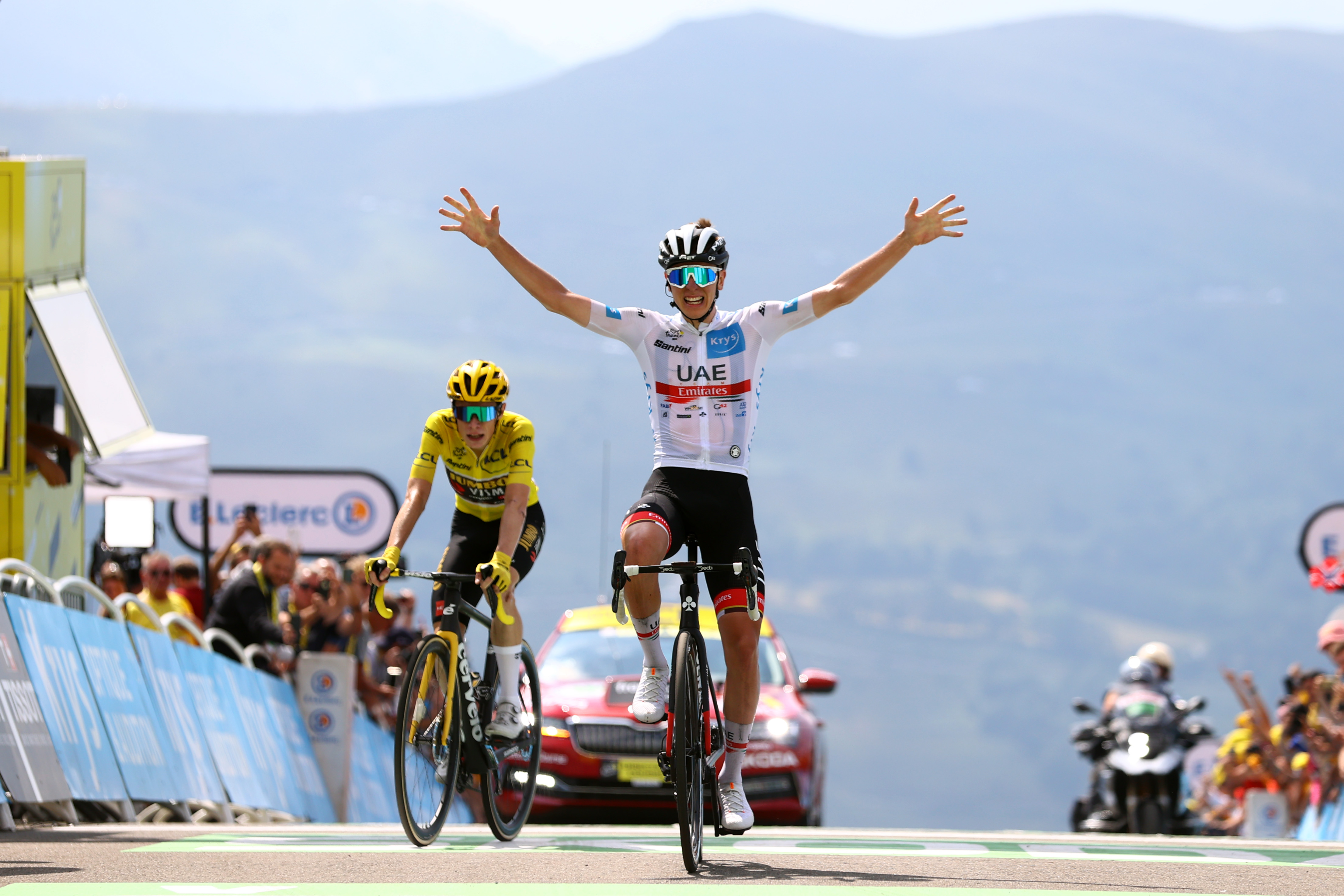
With records falling on all terrains, it’s impossible not to wonder how and why. There are of course variables such as temperature and wind – bear in mind Geraint Thomas’s response when asked why this year’s Tour was so fast: “We’ve had a fair bit of tailwind, to be fair.” Maybe we’re witnessing incremental progress plus natural variations in weather. Then again, we can’t ignore that in the 1990s and early 2000s the peloton was riddled with performance-enhancing drugs. Is it really credible that today’s riders are beating the times of yesterday’s dopers without some secret ingredients of their own?
Under the microscope
Over the past two decades, cycling has been placed under a microscope and developed in every way imaginable. There is no doubt that equipment has gone through revolutionary developments, meaning riders go faster without expending more energy. From clothing to bike design to tyre composition to helmet choice, teams with enough cash are buying into improvements that have cost millions in R&D. As for the poorer teams, they have to make do with older, cheaper tech.
“I think the culture in the UK has led the way in aerodynamic development over the past 15 years,” says Matt Bottrill, a former national 10-mile TT champion who works as an aero consultant for Lotto-Soudal. “It’s a lot easier to read data these days, which makes it easier to understand how to get faster.”
Get The Leadout Newsletter
The latest race content, interviews, features, reviews and expert buying guides, direct to your inbox!
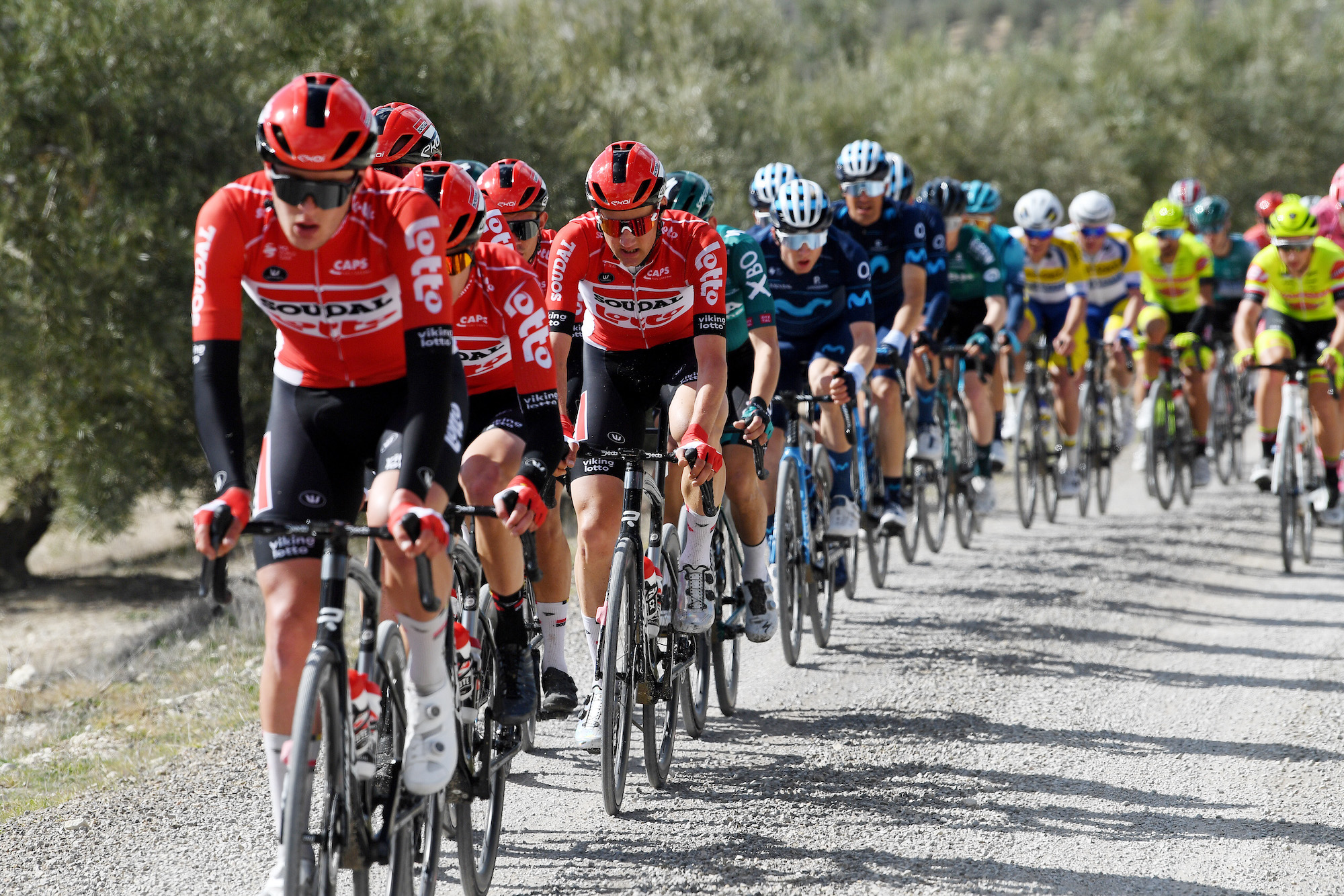
Aside from aerodynamics, which tech improvements have made the biggest difference? “Tires are one of the craziest developments,” says Bottrill. “If I’d had today’s wheel and tire technology in the National 10 that I won [in 2014], I’d have been 30-40 seconds faster – and I won that race with a 17:40.” He explains how wider, tubeless tires run at lower pressures have proved to be a significant breakthrough. On the road bike side, Trek recently announced that its new Madone was 20W faster than the previous edition, let alone a pre-2010 edition.
An industry insider noted: “Early aero bikes handled poorly, but we don’t see that now. A surprising amount of the aerodynamic gains comes from the handlebars.” Some teams are studying the relationship between biomechanics and aerodynamics – how changes in position alter power and drag, to find the best compromise. For example, if dropping your saddle gains you more in aero enhancement than you lose in watts at the pedals, it’s worth doing. More and more, this involves the use of computational fluid dynamics (CFD) which allows teams to validate theories without hands-on testing in a wind tunnel or out in the field.
Data driven
It’s not just equipment that has changed but training too. Frank Overton is the owner of FasCat Coaching and has coached pro athletes for over 20 years. The US coach believes that development of technology and cycling’s ever increasing professionalism holds the answer to why athletes are getting faster. “Physiologically we’re all human beings and we still improve in the same way; it’s the training methodologies and the use of data that has changed. In the past 10 years we’ve seen the mass adoption of power-based training.” Overton believes that the near-universal uptake of power meters between 2002 and 2012 effected a step change in training precision. “Once coaches began to quantify training load and collect race data, there was a greater understanding of racing’s demands, reflected in the sessions prescribed.”
Fifteen years ago Tyler Hamilton was getting laughed at for doing intervals. There was no structure back then, it was just the old-school methodology of 25-30 hours per week, and then using racing for the intensity,” says the former WorldTour star. “Now, everyone has highly structured and highly-personalised training plans. That increased specificity alone has led to improvements in Tour de France riders.”
The use of the best power meters is just one form of technological progress in cycling. Overton points to mass data collection as another big advance in training intelligence. “Ten years ago each team would have one coach. For example, at Liquigas, all the riders would get the training schedule individualised for Peter Sagan. Now, every rider has their own made-to-measure plan.” How would Overton slice the progress pie in terms of importance? “The reason the peloton has got faster is 70% power-based training, 15% bike technology and 15% cycling nutrition.”
Old hand, modern peloton
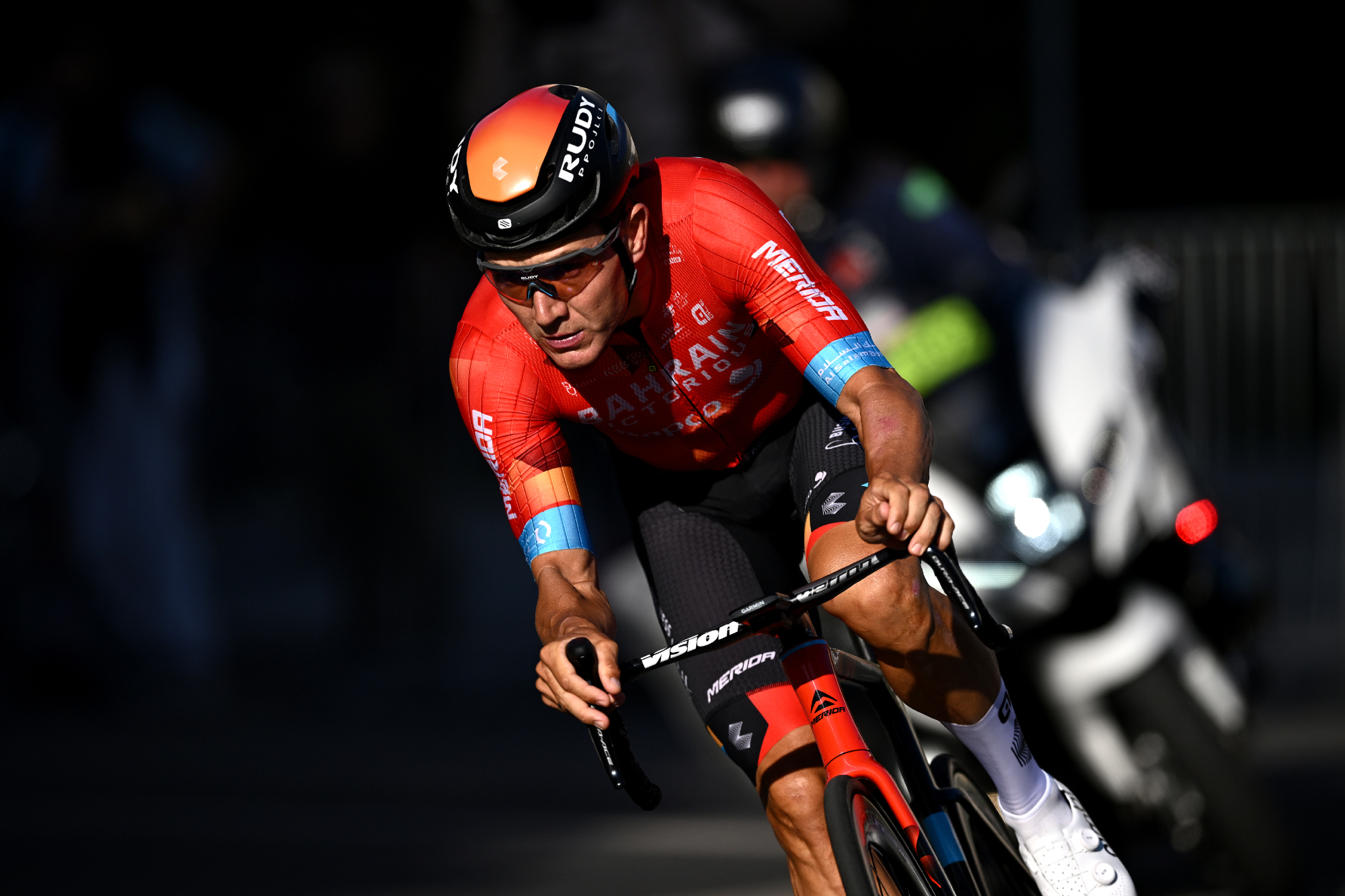
Bahrain-Victorious’s Heinrich Haussler has seen it all: the 38-year-old has had first-hand experience of the past 18 years of progress, having turned pro in 2004. Why does he think the peloton is getting faster? “The sport is more developed than ever before,” he tells me. “There’s more resources, better training techniques and nutrition. The bike is getting more aerodynamic and lighter, and tires are getting faster.”
To anyone living a normal life outside of the pro ranks, the level of monitoring might seem excessive, possibly even intrusive. “These days, everything is completely controlled,” admits Haussler. “At home, I get on the scales every day and then it’s uploaded for someone to see. At a race, the weighing continues and a nutritionist helps make sure you have the exact quantities of carbs and protein you need.” For a pro at the top level, your schedule is never your own. “The number of training camps we do now is crazy,” continues Haussler. “We’re constantly away from home. These days it’s impossible to be competitive at a big race without having trained at altitude first.”
Raised pace raises eyebrows
Before this year, the record for the fastest ever Tour de France belonged to Lance Armstrong for his victory in 2005 (since voided). The Texan averaged 41.65kph, while Vingegaard’s new record stands at 42.03kph. Looking at these figures and all of the other records that have been broken, it’s easy to see why this year’s Tour prompted some raised eyebrows.
The only WorldTour rider sanctioned for doping in the past two years was Nairo Quintana, disqualified from his sixth place at the Tour de France after testing positive for Tramadol. The trend would seem to be towards cleaner racing, with far fewer cases of doping compared to the early-2000s. Then again, to indulge in a more pessimistic view, it took a decade for Lance Armstrong’s house of cards to come crashing down.
Asked about doping at this year’s Tour de France, Wout van Aert responded: “We have to pass controls every moment of the year, not only at the Tour de France, also at our homes.”
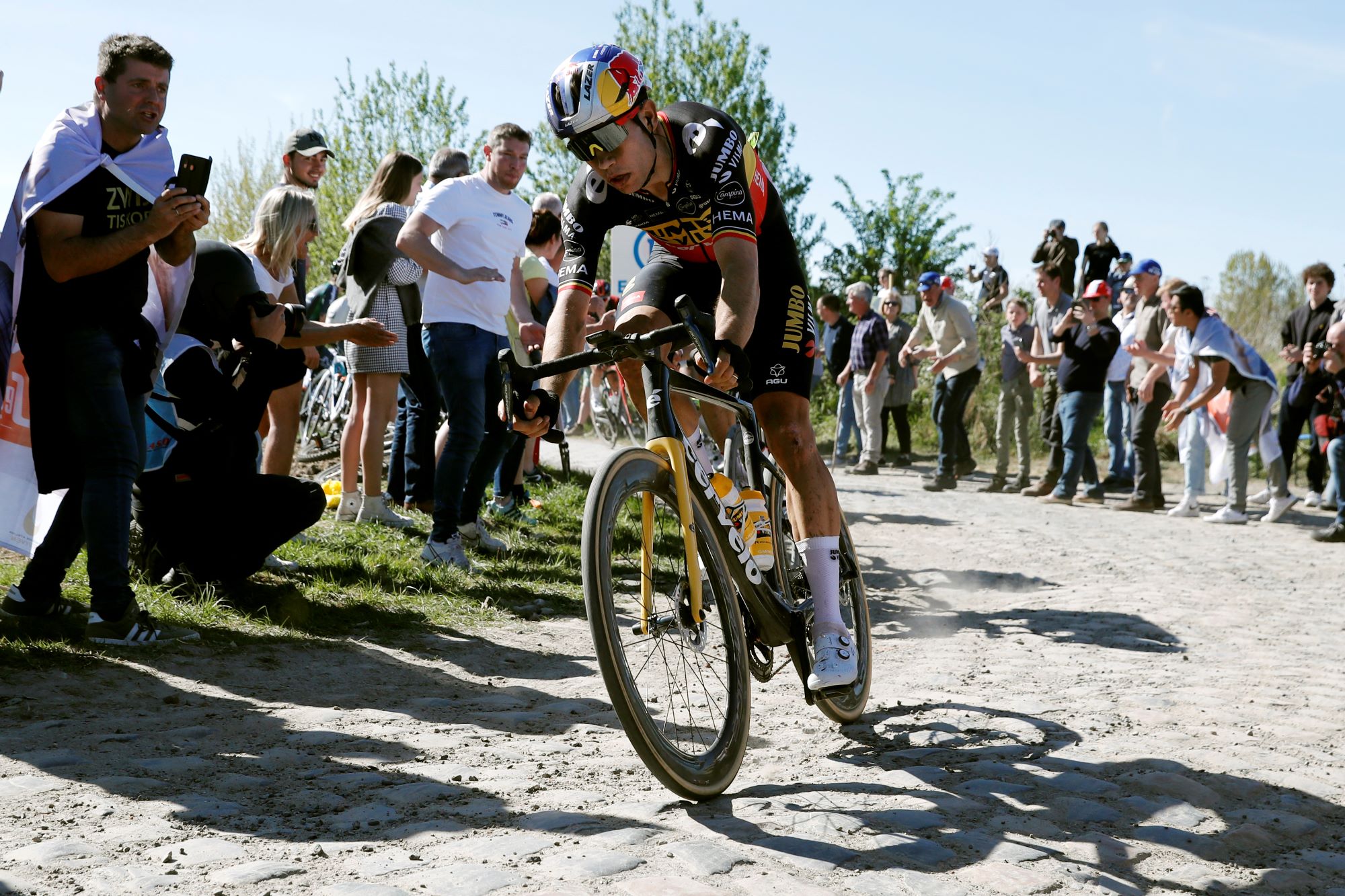
Of course that’s true, but perhaps he should have been more aware of how such stock phrases can be heard as echoing Armstrong’s empty mantra, “I’ve never failed a test.” Looking back at cycling’s history, it is rare that dopers are caught red-handed. The big scandals – Festina Affair, Operación Puerto, Lance Armstrong and Operation Aderlass – were all exposed by police investigations or whistle-blowers, not anti-doping violations. Just this spring, raids on Portugal’s premier team W52-FC Porto saw 10 riders eventually banned, including last year’s Volta ao Algarve winner João Rodrigues. There is a fine line between hope and belief. It is impossible to know what is going on behind the scenes, and previous generations have shown that riders are often one step ahead of the testers. I for one hope the pro peloton is clean, for everyone’s sake.
Setting new boundaries
It is rare that sport stands still. What once seemed impossible is now possible, as attested by countless examples through history: four minute mile, two hour marathon, or riding the Tour de France at 42kph. Each incremental technological advancement is a small step towards faster performances.
Amateurs simply cannot be expected to do what pros can, but there are many areas where copycatting the best has its benefits. Using modern training technology and data to inform training will make you a better athlete, just as riding a more aerodynamic bike will make you faster. “Amateurs don’t have the time available to recover like the pros can,” Overton reminds us, “but the trickle down technology can help – in fact, it was amateurs who led the way on power- based training first, adopting it before the pros!” It’s a tale as old as time. Every era thinks it’s at the peak of human and technological advancement and then someone or something comes along and redefines what’s possible – we look back and laugh at our naivety. For cycling, the past decade has seen a huge shift, and the sport is barely recognisable from 10-20 years ago.
So, is it believable that today’s generation are, through legal advancements only, smashing records from the sport’s darkest days? Yes, no, maybe. We’d be stupid to ignore the leaps and bounds in progress over the past 10-20 years, which, though difficult to accurately quantify, benefit the modern day racer to the tune of at least 20W in aero gains alone. Mix in the developments in training science and it’s reasonable to believe that today’s top guns are going faster by honest means. Yet we’ve been burnt by giving the benefit of the doubt too many times before.
Has cycling cleaned up its act?
"No" – Robin Parisotto
“I’m not optimistic that much has changed” A stem cell researcher and antidoping advocate, Parisotto helped to develop the early EPO tests and was one of the founding members of the UCI’s biological passport programme. He played a key part in the 2015 Sunday Times investigation against the IAAF concluding that hundreds of athletes had recorded suspicious results which were not followed up between 2001 and 2012.
“I’m not optimistic that much has changed regarding doping in sport. At best, the status quo has been maintained since the blood passport was introduced in 2008-9. My view on sport is quite jaundiced, and I make no apologies for that. I also fear that there has been a complete drop-off in all anti-doping programmes since the Covid outbreak.
“The resources that anti-doping programmes have are tiny in comparison to [the budgets behind] athletes and teams, so they will always face an uphill battle. I think most athletes who are blood doping are still using the old tried-andtested methods. To the best of my knowledge, there aren’t any new substances; if there are, they certainly can’t be tested for.
“I don’t think the worldwide antidoping effort has been sufficient. Each country has differing rules, loopholes and gaps in policy. We need to harmonise efforts to be able to have true belief. On current scant resources, they will never get on top.”
"Yes" – Dan Lloyd
“I don’t think anyone got into this sport thinking, ‘I can’t wait to shove a needle in my arm’” Professional rider for more than a decade until 2012, and now director of racing at GCN, Dan Lloyd has a positive outlook on the current state of play in the pro peloton.
“The doping question is an impossible one to answer, especially as I’m on the periphery of racing now. My opinion has always been that the sport came from a time where the vast majority of people were doping to some degree because it had become the norm. I’m sure there are still some people who are trying to cheat the system, but it’s not the norm anymore. Most people are doing it the right way, whereas before it was a system in which everyone played that [doping] game.
“I think because the fall-out from the Lance [Armstrong] years didn’t come until 2013, there has been a delayed reaction. Everything people thought they knew about pro cycling was swept away. There is now an assumption that if you see an amazing performance, it’s because of more than just bread, water, hard training and scientific advancements.
“I believe the shift away from doping was originally sponsorforced. We got to the point where the reputation of cycling was so bad, sponsors weren’t willing to take the risk. In the initial stages of change [riders were advised], ‘We can’t organise doping within the team anymore, it’s too risky, but you know what to do, so go ahead and do it alone in private.’ Then it felt like there was another marked shift in 2009-10 where bosses of teams said that we just can’t do this at all anymore. I get the sense now that the whole attitude to doping in the sport has changed. Riders don’t even have to make a choice like they used to.”
This full version of this article was published in the 24 November 2022 print edition of Cycling Weekly. Subscribe online and get the magazine delivered direct to your door every week.

Thank you for reading 20 articles this month* Join now for unlimited access
Enjoy your first month for just £1 / $1 / €1
*Read 5 free articles per month without a subscription

Join now for unlimited access
Try first month for just £1 / $1 / €1

Joe Laverick is a professional cyclist and freelance writer. Hailing from Grimsby but now living in Girona, Joe swapped his first love of football for two wheels in 2014 – the consequence of which has, he jokes, been spiralling out of control ever since. Proud of never having had a "proper job", Joe is aiming to keep it that way for as long as possible. He is also an unapologetic coffee snob.
-
 Keegan Swenson and Haley Batten win Sea Otter Classic Gravel
Keegan Swenson and Haley Batten win Sea Otter Classic GravelSwenson and Villafane slip into familiar Life Time Grand Prix series leads
By Ryan Simonovich Published
-
 I have been capturing my cycling adventures for over 20 years, and two of the best action cameras for cyclists have just hit their lowest prices on Amazon
I have been capturing my cycling adventures for over 20 years, and two of the best action cameras for cyclists have just hit their lowest prices on AmazonDeals Amazon has slashed the price on Insta360 cameras, including the highly rated X3, which has a huge 30% off
By Paul Brett Published